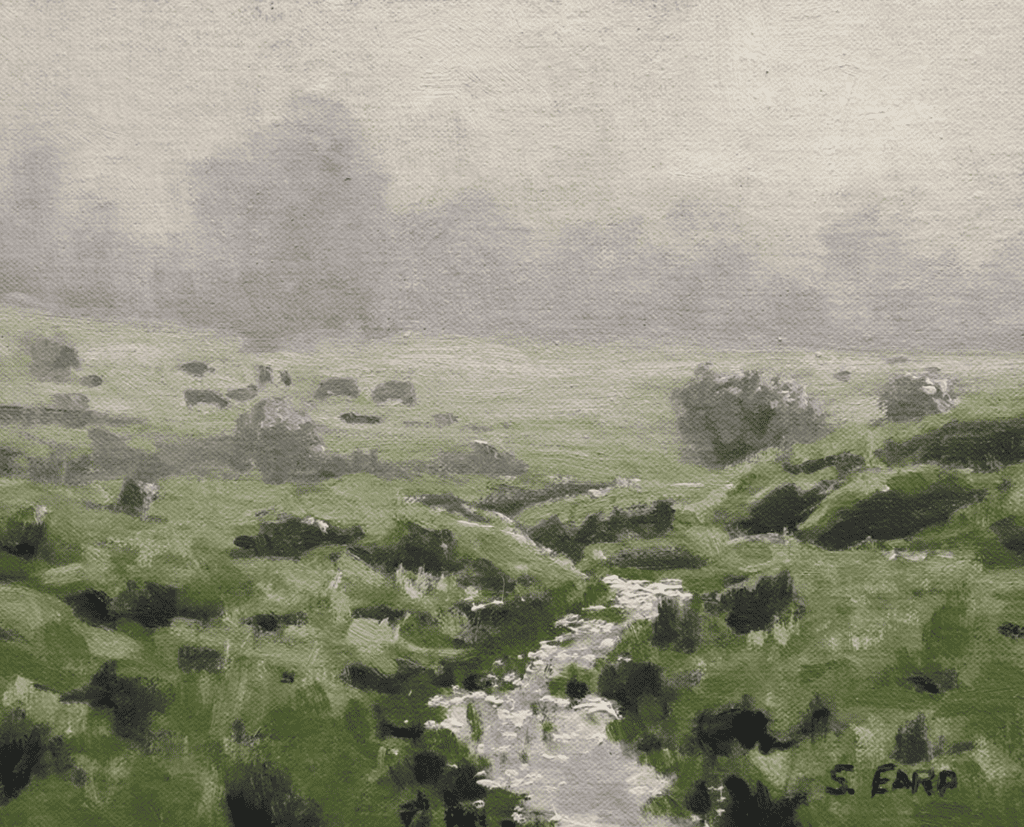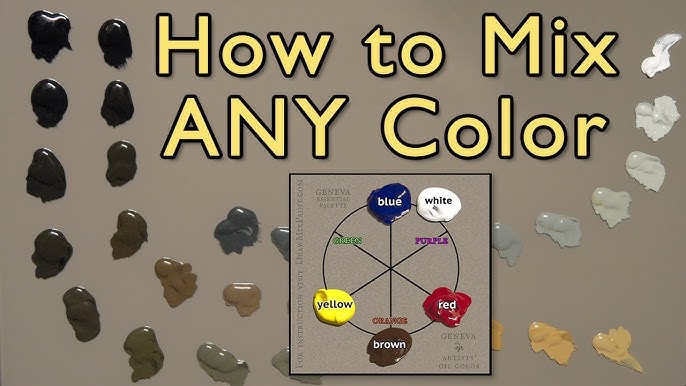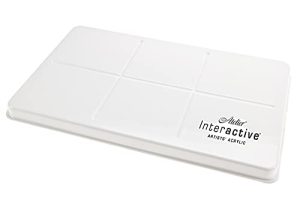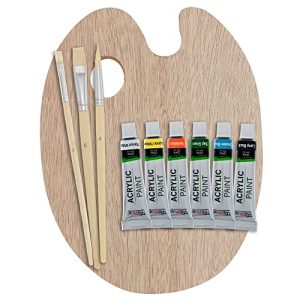Oil painting is a beautiful art form. Mixing colors in oil painting can create realistic effects. This guide will help you learn how to mix colors. You will find basic techniques, color theory, and practical tips.
Understanding Color Theory
Color theory is the study of how colors work together. It helps artists mix colors correctly. There are three primary colors: red, blue, and yellow. Mixing these colors creates secondary colors.
- Red + Blue = Purple
- Blue + Yellow = Green
- Yellow + Red = Orange
Tertiary colors come from mixing primary and secondary colors. Knowing this helps you create a wide range of colors.

Credit: m.youtube.com
Basic Color Mixing Techniques
Mixing colors takes practice. Here are some basic techniques to help you start:
1. The Palette
Use a clean palette for mixing colors. A messy palette can ruin your colors. Keep your palette organized. Separate your primary colors.
2. The Brush
Use a clean brush for each color. Clean your brush before mixing a new color. This prevents unwanted color mixing.
3. The Medium
Use a painting medium to mix colors smoothly. Linseed oil is a common choice. It helps the paint flow better.
Mixing Colors for Realistic Effects
To create realistic effects, you need to mix colors carefully. Here are some tips to help you:
1. Match Nature
Observe colors in nature. Try to match these colors in your painting. This creates a realistic look.
2. Use Complementary Colors
Complementary colors are opposite on the color wheel. Mixing them creates natural shadows. For example, mix red and green for a natural shadow.
3. Layering
Layering colors creates depth. Start with a base color. Add layers of different shades. This makes your painting look realistic.
4. Mixing Skin Tones
Mixing skin tones can be tricky. Start with a base color. Use a mix of red, yellow, and white. Adjust the mix for different skin tones.
| Skin Tone | Base Mix |
|---|---|
| Light | More white and yellow |
| Medium | Equal parts red, yellow, and white |
| Dark | More red and yellow |
5. Creating Textures
Use different brush strokes to create textures. Short strokes can create a rough texture. Long strokes can create a smooth texture.
Common Mistakes to Avoid
Here are some common mistakes to avoid when mixing colors:
1. Using Too Many Colors
Using too many colors can make your painting look messy. Stick to a limited color palette.
2. Not Cleaning Your Brush
Always clean your brush before mixing a new color. A dirty brush can ruin your colors.
3. Not Testing Colors
Test your colors before applying them to your painting. This helps you see if the colors match your vision.
Practical Tips for Beginners
Here are some practical tips for beginners:
1. Start With Simple Subjects
Start with simple subjects like fruits or flowers. This helps you practice mixing colors without getting overwhelmed.
2. Use A Limited Palette
Start with a limited palette of primary colors. This helps you learn how to mix colors effectively.
3. Practice, Practice, Practice
Practice is key to improving your color mixing skills. The more you practice, the better you will get.

Credit: samuelearp.com
Frequently Asked Questions
What Is Color Mixing In Oil Painting?
Color mixing in oil painting involves blending pigments to create new colors and achieve realistic effects in artwork.
How Do You Mix Skin Tones?
Combine primary colors with white and a touch of complementary colors. Adjust ratios to match the desired skin tone.
What Are Primary Colors In Oil Painting?
Primary colors in oil painting are red, blue, and yellow. They are the base for creating all other colors.
How To Lighten A Color?
Add white paint to your chosen color gradually. Mix thoroughly to achieve the desired lighter shade.
Conclusion
Mixing colors in oil painting for realistic effects takes practice. Understanding color theory is important. Using the right techniques can make a big difference. Avoid common mistakes and keep practicing. Soon, you will create beautiful, realistic oil paintings.




